Cold email remains a powerful marketing strategy, even in an era dominated by social media and content marketing. Are you ready to unlock its full potential and transform your lead generation efforts? In this comprehensive guide, we’ll delve into the crucial aspects of cold email strategy, from crafting the perfect message to personalization techniques, timing, follow-up strategies, analytics, and more. Get ready to elevate your cold email game and supercharge your sales!
Key Takeaways
- Cold email strategy is a critical component of any effective lead generation and sales approach, offering businesses the potential to acquire new customers and drive growth.
- Crafting compelling subject lines, personalizing messages, providing value & addressing pain points are key components for successful cold emails.
- Adhere to compliance regulations & follow ethical best practices for an effective & compliant cold email strategy.
The Importance of Cold Email Strategy

Cold email marketing is a pivotal aspect of any successful lead generation and sales strategy, playing a major role in customer acquisition and business growth. Navigating the challenges of cold emailing, such as low response rates and spam filters, can be tricky.
This is where best practices prove useful, steering you through your first cold email campaign and subsequent ones, thereby guaranteeing optimum benefits for your business.
Benefits of a strong cold email strategy
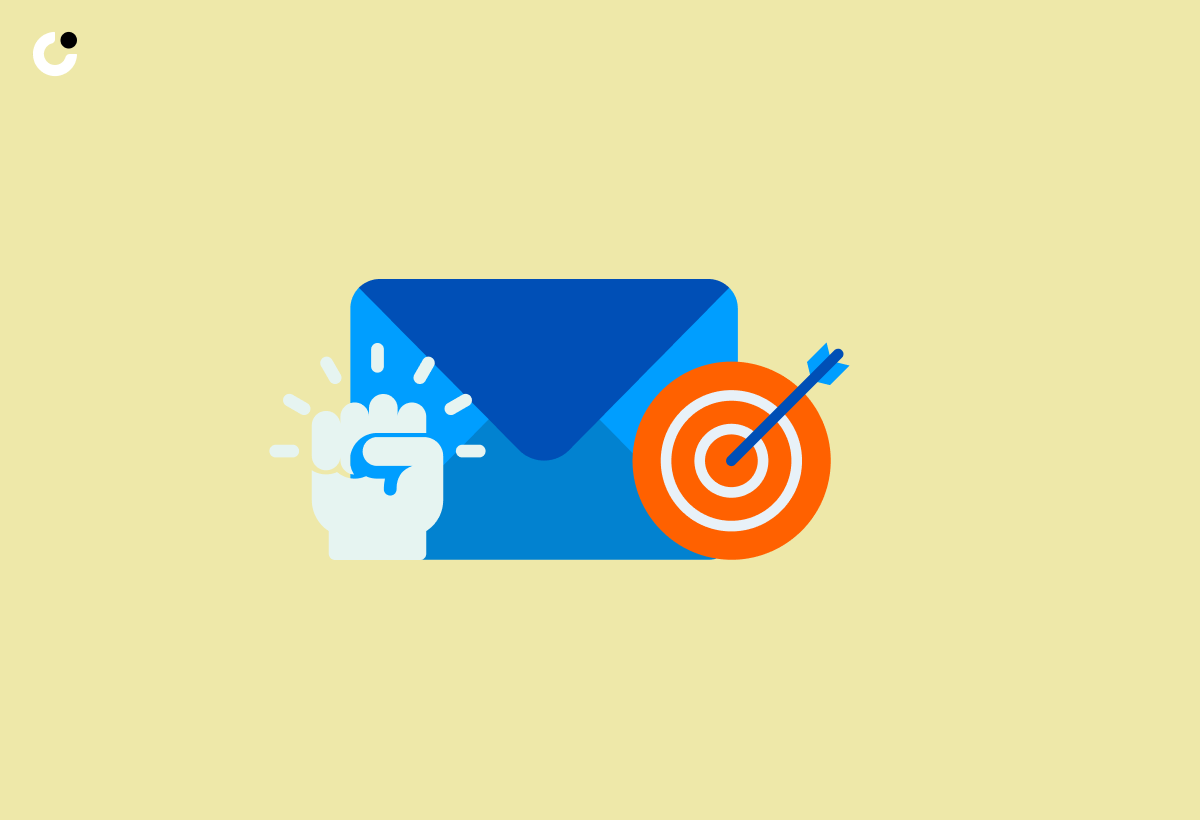
A well-implemented cold email strategy can lead to increased brand awareness, cost-effective lead generation, and improved sales conversion rates. But how do you achieve success in your cold email campaigns? Significantly increasing response rates and ultimately driving more sales is achievable by targeting appropriate prospects, crafting compelling subject lines, personalizing your messages, and consistently analyzing your efforts.
Challenges in cold emailing

Cold emailing, like its phone-based counterpart cold calling, comes with its own set of challenges. Low response rates, spam filters, and compliance regulations can all pose obstacles to your cold email outreach efforts. However, with proper planning and execution, these challenges can be overcome, making cold call techniques more effective.
For instance, personalizing your emails based on prospect-specific insights increases the likelihood of engagement by demonstrating genuine interest and relevance.
Crafting the Perfect Cold Email

Crafting the perfect cold email is a vital step towards the success of your cold email campaign. It involves understanding your target audience, writing compelling subject lines, and keeping your content concise and relevant. Remember, the goal of your cold email is to initiate a conversation with your prospects, not to close a deal immediately. So, focus on providing value, addressing their pain points, and building trust.
Research your target audience

Understanding the needs, preferences, and pain points of your target audience is a prerequisite to crafting your cold email. This will enable you to tailor your message, making it more customer-focused and effective.
Customizing your messaging to meet the individual needs and preferences of each group becomes possible by segmenting your audience based on their objectives and challenges.
Write compelling subject lines

An eye-catching subject line is critical for capturing the attention of your prospects and encouraging them to open your email. To create compelling subject lines, consider using personalization, relevance, and value-based approaches.
Some methods for attracting potential customers include referencing the recipient’s industry or interests, highlighting the benefits of your product or service, or creating a sense of urgency by emphasizing limited availability.
Keep it concise and relevant
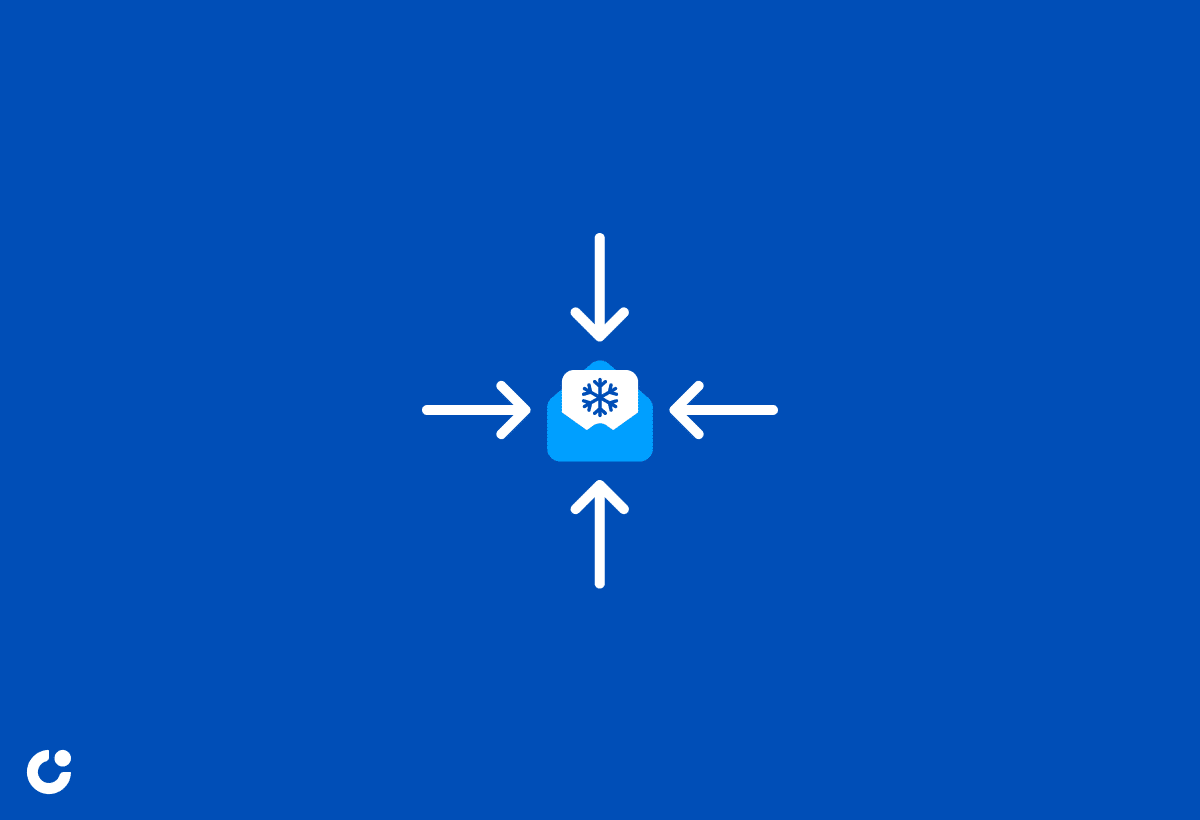
In the age of information overload, brevity is key to capturing and maintaining your prospect’s attention. Keep your cold email concise, focusing on providing value and addressing your prospect’s needs. Avoid lengthy introductions and sales pitches, and instead, present a clear call-to-action that aligns with the recipient’s pain points.
Remember, your goal is to spark their interest and prompt a response, not overwhelm them with information.
Personalization Techniques for Cold Emails
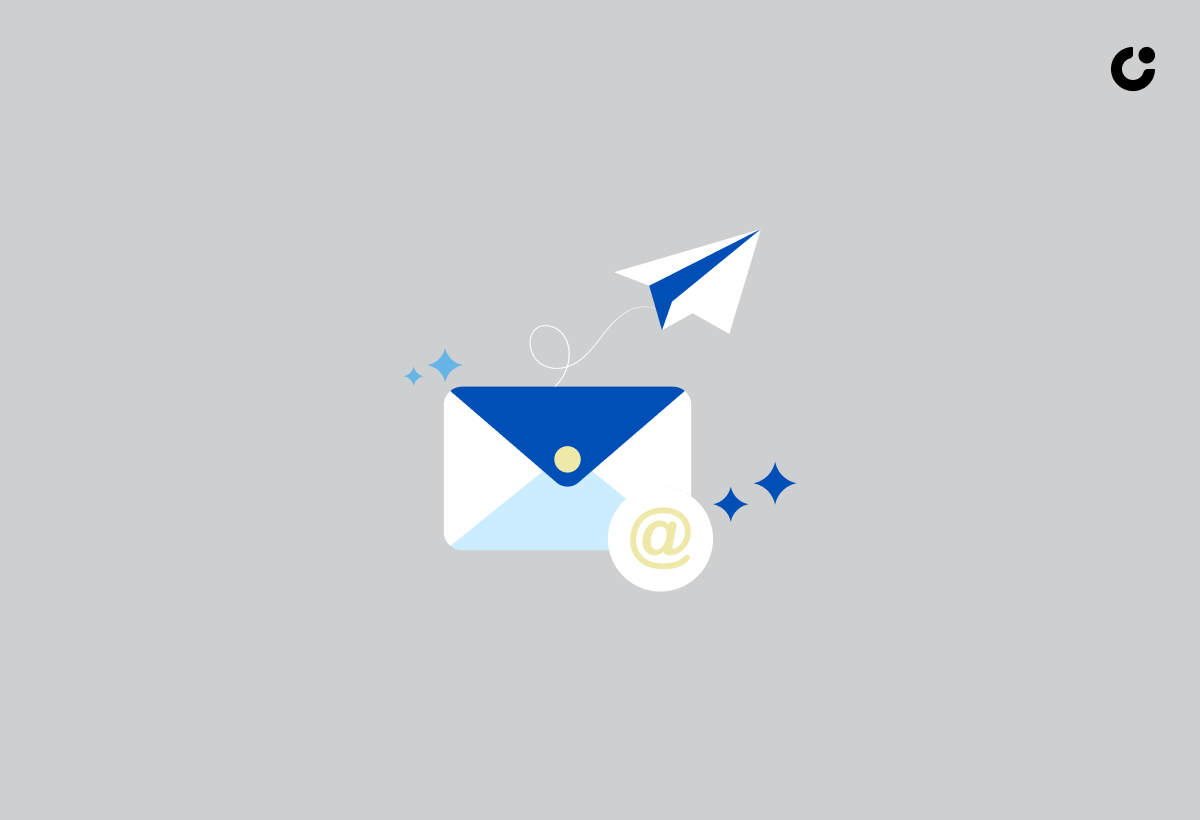
Personalization is a game-changer in cold emailing. By tailoring your message to the recipient’s needs and interests, you can significantly increase the likelihood of getting a response. This section explores three personalization techniques for standout cold emails: utilizing merge tags and dynamic content, incorporating prospect-specific insights, and tailoring your call-to-action.
Use merge tags and dynamic content
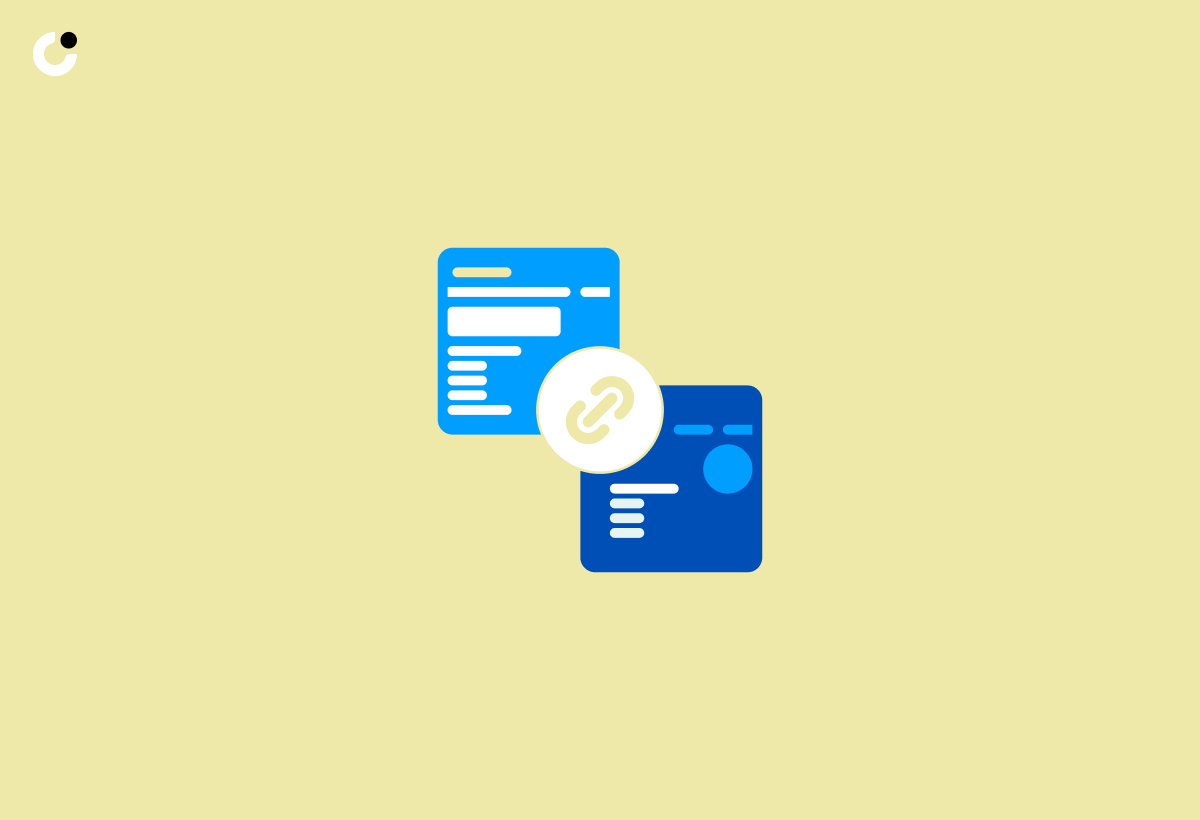
Merge tags and dynamic content allow you to include recipient-specific information, such as name, company, and job title, in your cold emails. Incorporating these personalized details helps in crafting a more engaging and relevant message that resonates with your prospects.
Most email service providers (ESPs) offer mail merge capabilities, allowing you to easily personalize your cold emails at scale.
Incorporate prospect-specific insights

To demonstrate genuine interest and relevance, reference recent news, industry trends, or shared connections in your cold email subject lines. This shows your prospects that their background and needs have been researched and understood. This level of personalization can make your cold emails stand out in a crowded inbox and increase the likelihood of a positive response.
Tailor your call-to-action (CTA)

A well-crafted call-to-action (CTA) can make all the difference in driving engagement and conversions from your cold emails. Customize your CTA based on the prospect’s needs and preferences. For example, you could offer a free consultation, an eBook, or a webinar that addresses their specific pain points.
A tailored CTA increases the likelihood of your prospect taking the desired action and progressing down the sales funnel.
Timing and Scheduling Your Cold Emails
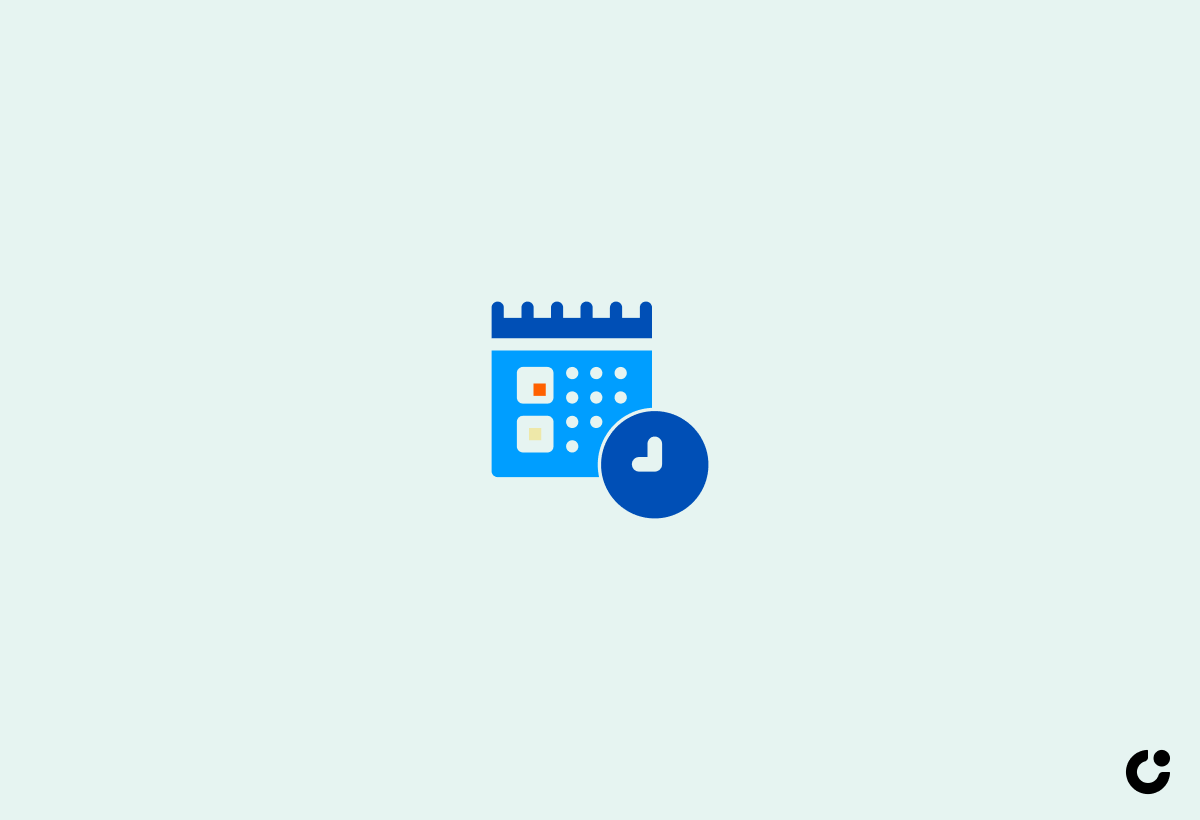
Timing and scheduling play a crucial role in the success of your cold email campaign. Sending your emails at optimal times and maintaining a steady cadence can boost response rates and keep your prospects engaged.
In this section, we’ll discuss how to determine the best time to send cold emails and establish an effective email cadence.
Determine the best time to send
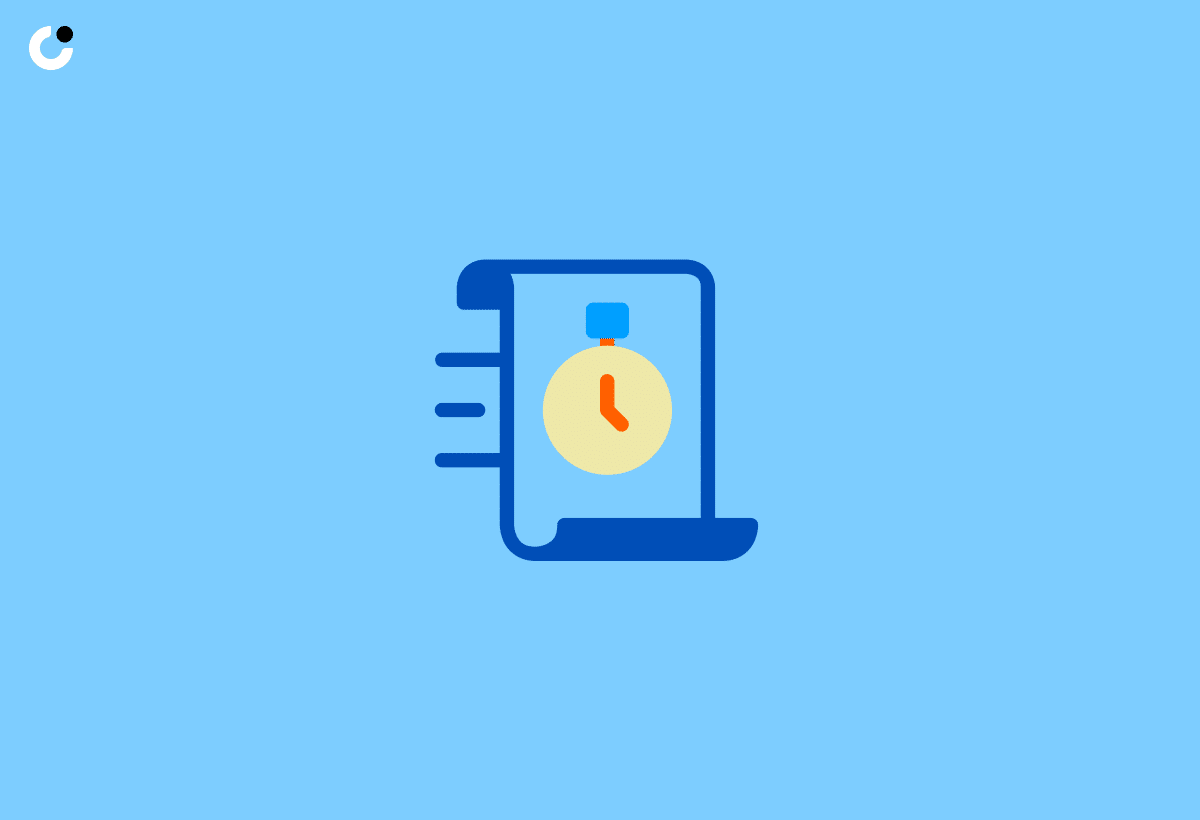
Sending cold emails during optimal times, such as early mornings or late afternoons, can increase the likelihood of engagement. Research suggests that cold emails sent on weekdays between 8:00 am to 11:00 am in the recipient’s time zone are most likely to result in increased engagement.
Taking into account the recipient’s schedule and convenience improves the overall efficacy of your cold email strategy.
Establish an email cadence
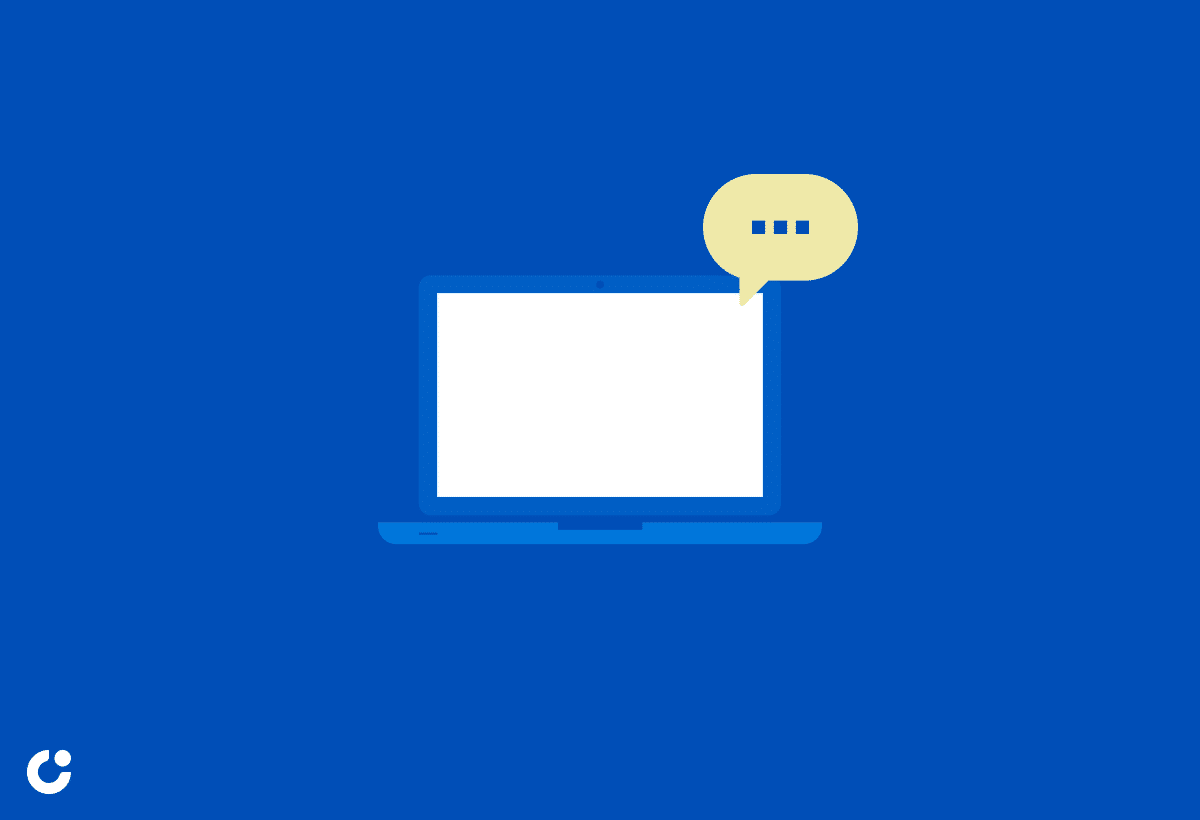
A consistent email cadence is essential for maintaining prospect interest throughout your cold email campaign. Develop a structured follow-up plan with multiple touchpoints, such as initial contact, follow-up emails, and final reminders. The optimal sales cadence typically spans two to four weeks, with at least a day between outreach attempts and no longer than five days.
A regular cadence increases the chances of prospects responding to your cold emails.
Cold Email Follow-up Strategies

Effective follow-up strategies are essential for maximizing the success of your cold email campaign. By planning your follow-up sequence, adapting based on recipient engagement, and knowing when to move on, you can ensure that your cold email efforts are both efficient and impactful.
In this section, we’ll discuss the importance of follow-up strategies and how to implement them in your cold email campaign.
Plan your follow-up sequence
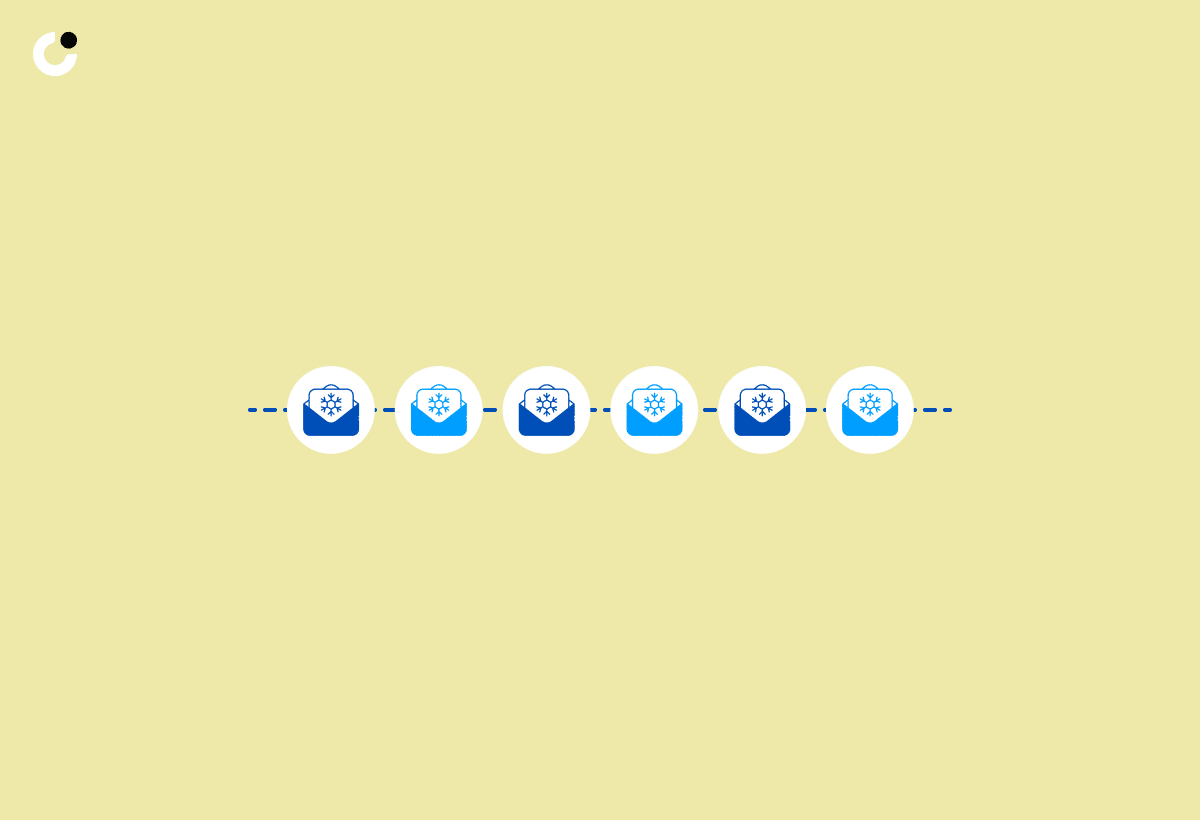
Creating a structured follow-up plan is crucial for increasing the chances of a response from your prospects. A well-planned follow-up sequence should include:
- Multiple follow-up emails spaced out over a period of time
- It is generally recommended to send 2-3 follow-up emails after the initial contact
- The frequency of follow-up emails should be every 3-5 days.
Planning your follow-up sequence helps maintain contact with your prospects and keeps their interest alive.
Adapt based on recipient engagement
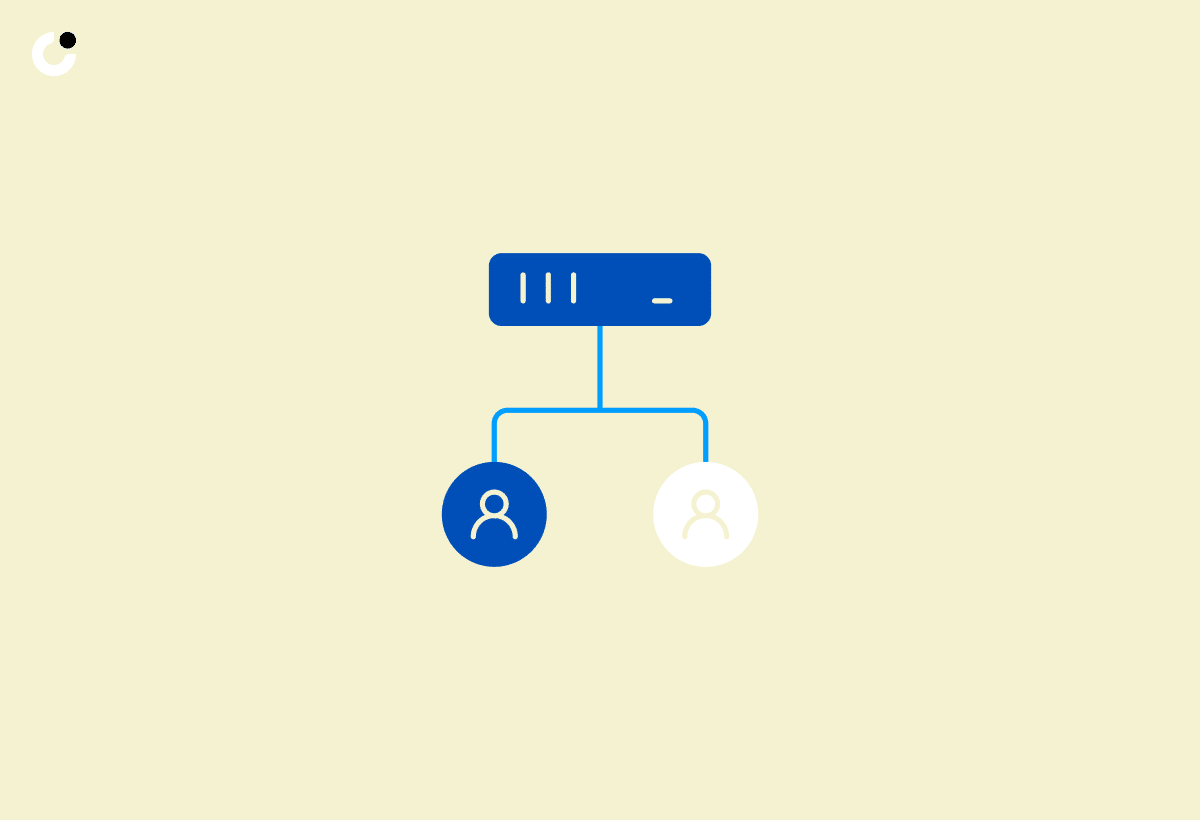
Adjust your follow-up strategy based on prospect interactions, such as email opens or link clicks. This will allow you to prioritize your follow-up efforts on those prospects who have demonstrated interest and engagement. Tailor your follow-up emails based on the specific interactions, providing more relevant information and increasing the likelihood of conversion.
Continual monitoring and adaptation of your follow-up strategy can enhance your cold email efforts and yield better results.
Know when to move on
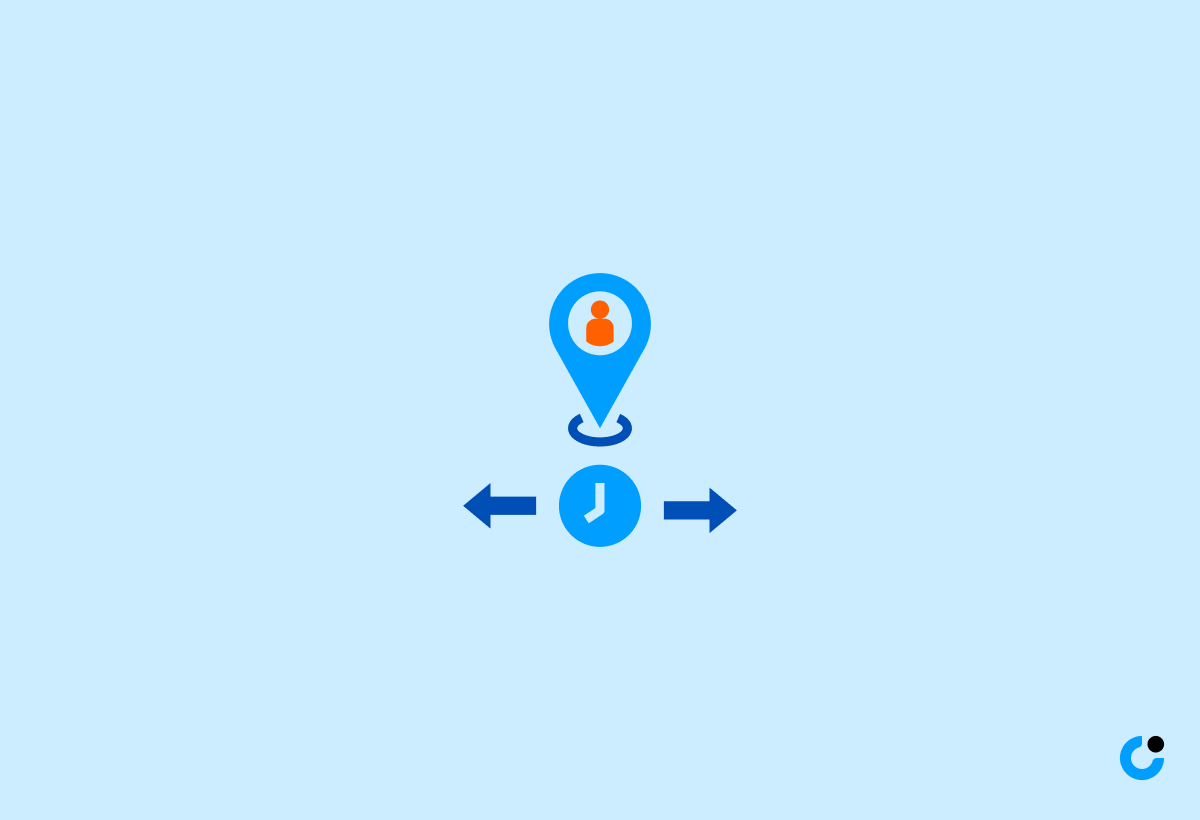
Recognizing when a prospect is unresponsive is essential for maintaining the efficiency of your cold email campaign. After a certain number of follow-up attempts, typically around 3-5, it is customary to consider the lead unresponsive and focus your efforts on more promising leads.
Knowing when to move on ensures effective allocation of your time and resources, thereby enhancing the overall success of your cold email strategy.
A/B Testing and Analytics for Cold Emails
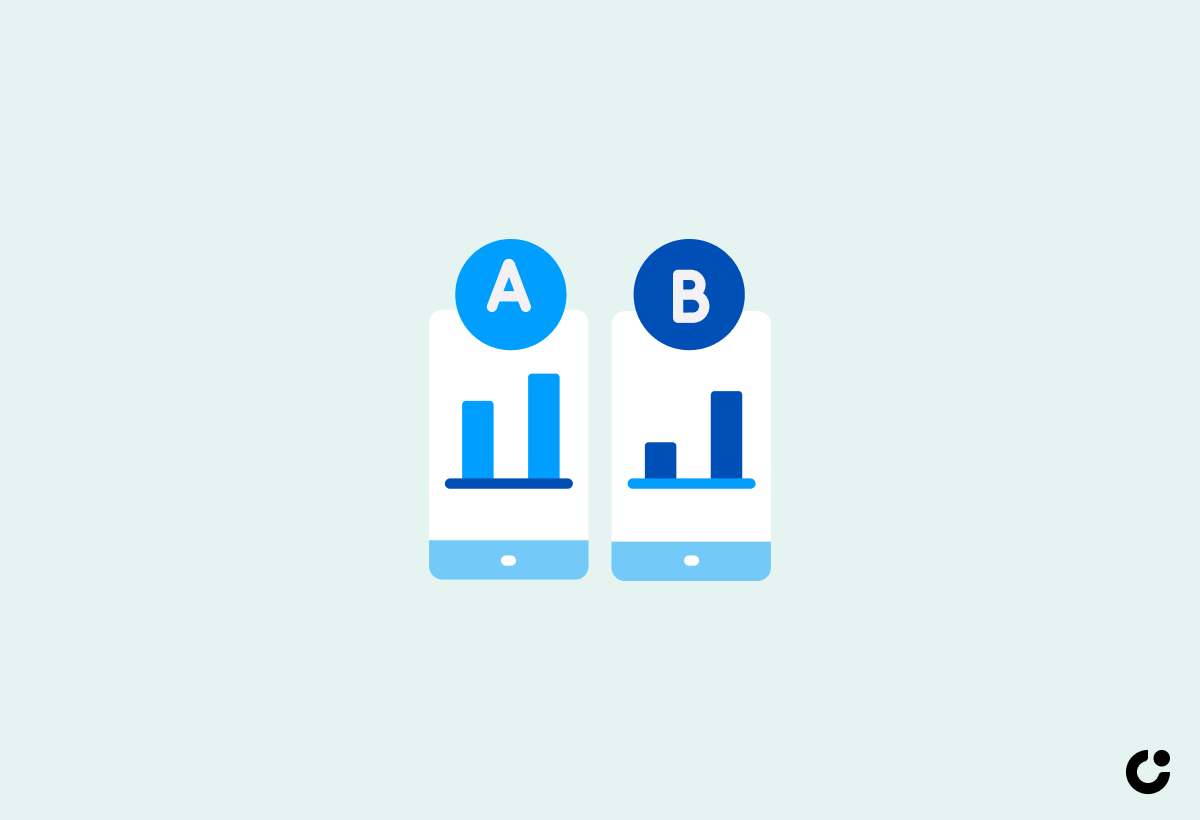
A/B testing and analytics play a crucial role in optimizing your cold email strategy and improving overall performance. Testing various email elements and analyzing the results helps identify the most effective approach and make data-driven decisions to enhance your cold email campaigns.
In this section, we’ll discuss the importance of A/B testing and analytics, and how to use them to optimize your cold email efforts.
Identify key performance indicators (KPIs)

Determining the metrics that matter most for your cold email campaigns is essential for measuring success and identifying areas for improvement. Some key performance indicators (KPIs) to consider are:
- Daily sending volume
- Bounce rate
- Open rate
- Reply/response rate
- Click-through rate (CTR) on the call-to-action (CTA) button
Monitoring these metrics provides valuable insights into the effectiveness of your cold email campaigns and helps identify necessary changes to enhance results.
Conduct A/B tests
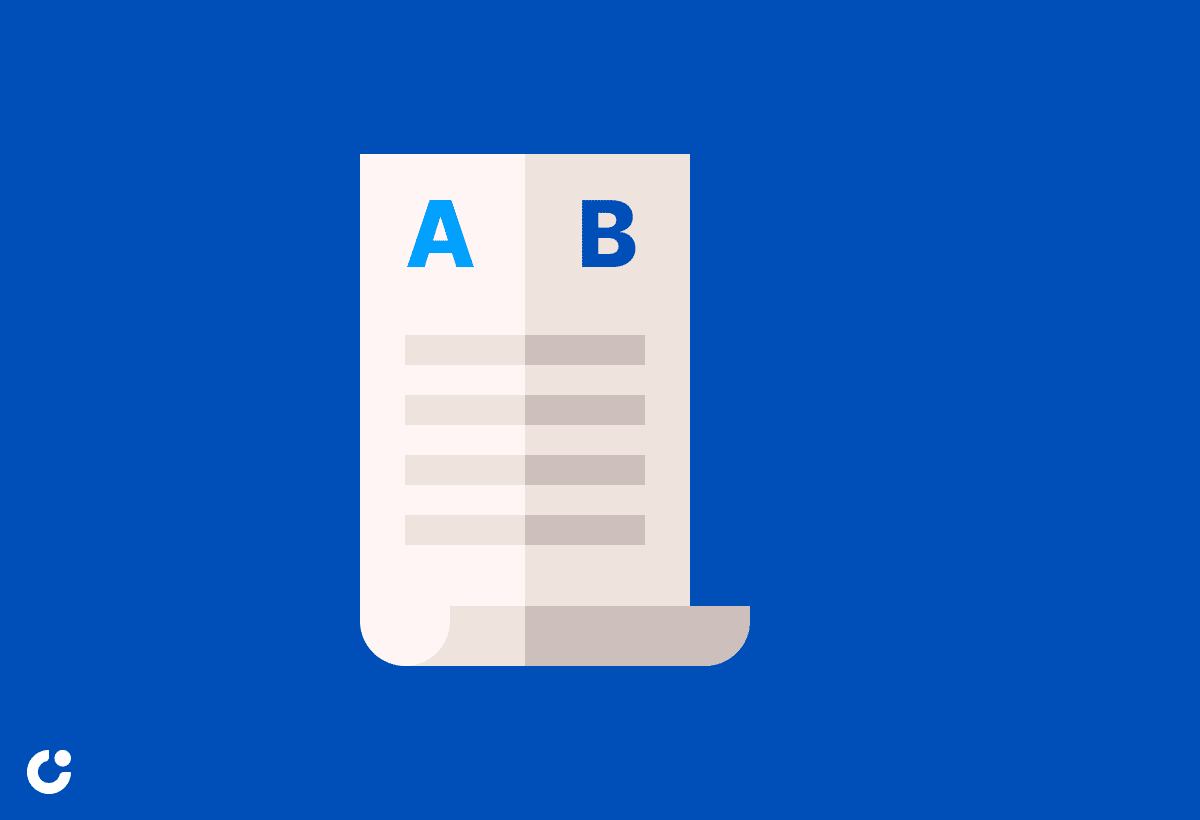
A/B testing allows you to test different email elements, such as subject lines, content, and CTAs, to identify the most effective approach. Making data-driven decisions to optimize your cold email strategy and improve overall results becomes possible by comparing the performance of various email variations.
Consider conducting A/B tests on a regular basis to continually refine your cold email efforts and stay ahead of the competition.
Analyze and optimize

Using data-driven insights, you can refine your cold email strategy and improve overall performance. Here are some steps to follow:
- Analyze the results of your A/B tests.
- Monitor key performance indicators.
- Adjust your strategy accordingly to enhance engagement rates and conversions.
Continual analysis and optimization of your cold email efforts ensure that your campaigns are both effective and efficient, thereby maximizing your return on investment.
Cold Email Tools and Platforms
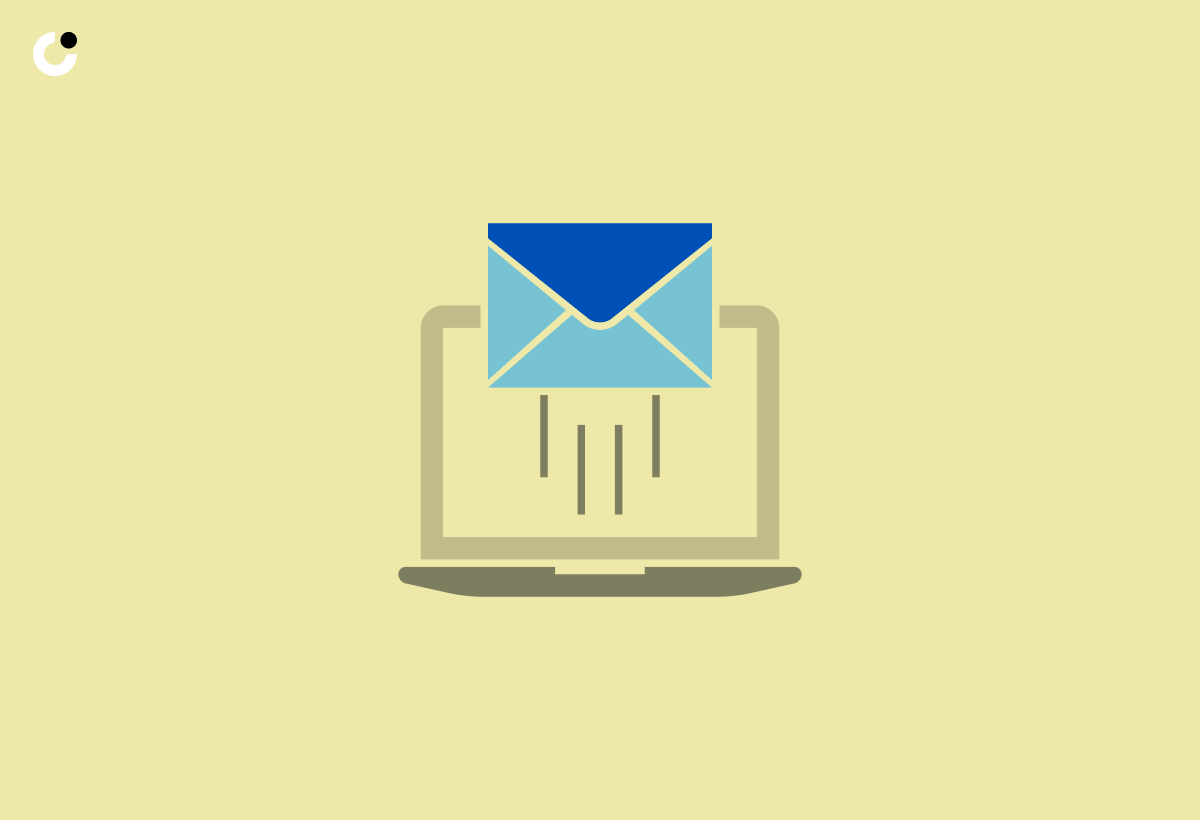
Leveraging the right tools and platforms can streamline and enhance your cold email efforts, saving you time and increasing efficiency. From email service providers (ESPs) to sales outreach automation tools and CRM integration, there are a variety of options available to help you manage and optimize your cold email campaigns.
This section explores some of the most popular cold email tools and platforms along with their benefits.
Email service providers (ESPs)
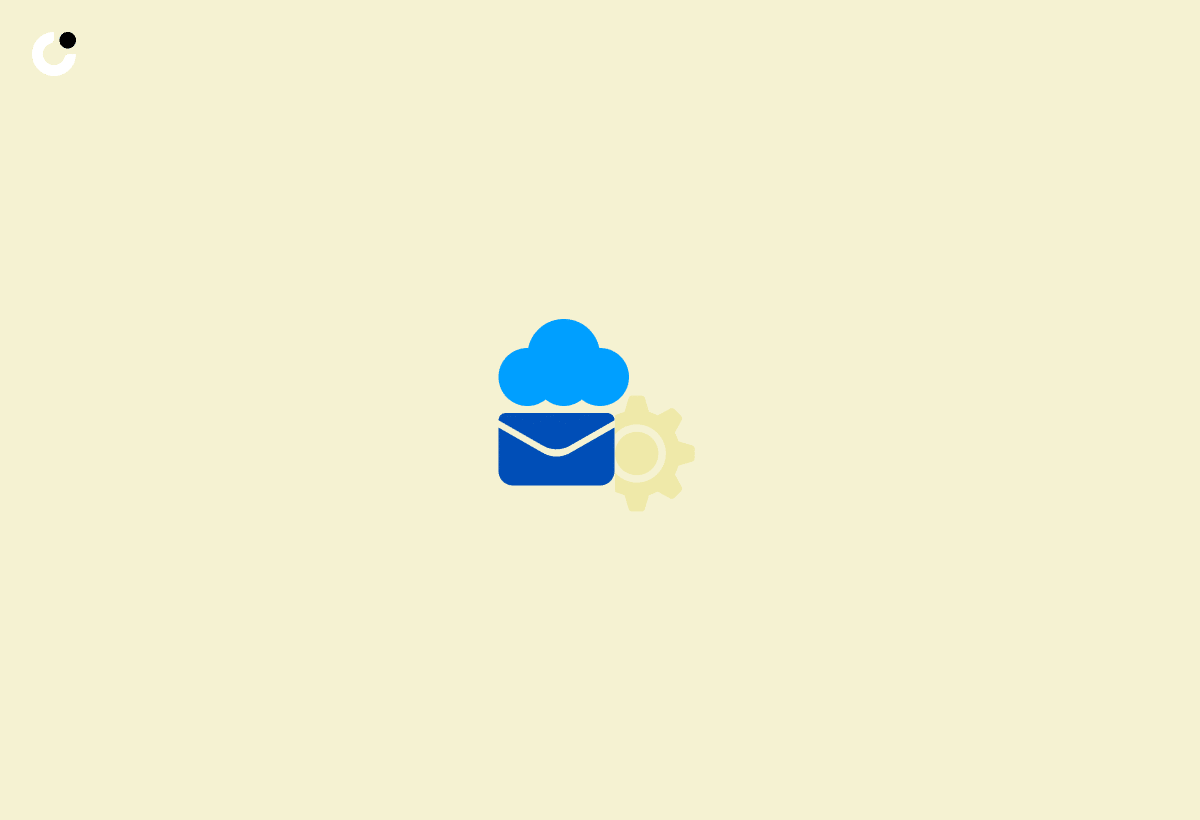
Choosing a reliable email service provider (ESP) is essential for ensuring the success of your cold email campaigns. ESPs offer features such as personalization, analytics, and deliverability optimization, helping you craft and send effective cold emails that reach your target audience. Some popular ESPs for cold emailing include Saleshandy, Gmass, Woodpecker, Klenty, and Mailshake. Be sure to select an ESP that aligns with your specific needs and requirements.
Sales outreach automation tools

Sales outreach automation tools can greatly enhance the efficiency of your sales teams’ cold email campaigns by automating and personalizing your messaging. These tools can save you time and allow you to focus on more strategic tasks, such as nurturing leads and closing deals.
Some popular sales outreach automation tools include:
Evaluate the features and pricing of these tools to determine which one is the best fit for your business.
CRM integration

Integrating your cold email platform with your Customer Relationship Management (CRM) system can help centralize prospect data and improve sales team collaboration. By combining the power of your CRM with your cold email efforts, you can better manage your prospect pipeline, track interactions, and share insights across your sales team.
Popular CRM-enabled email marketing tools include Salesforce Marketing Cloud, MailChimp, ActiveCampaign, and Zoho CRM.
Cold Email Templates and Examples
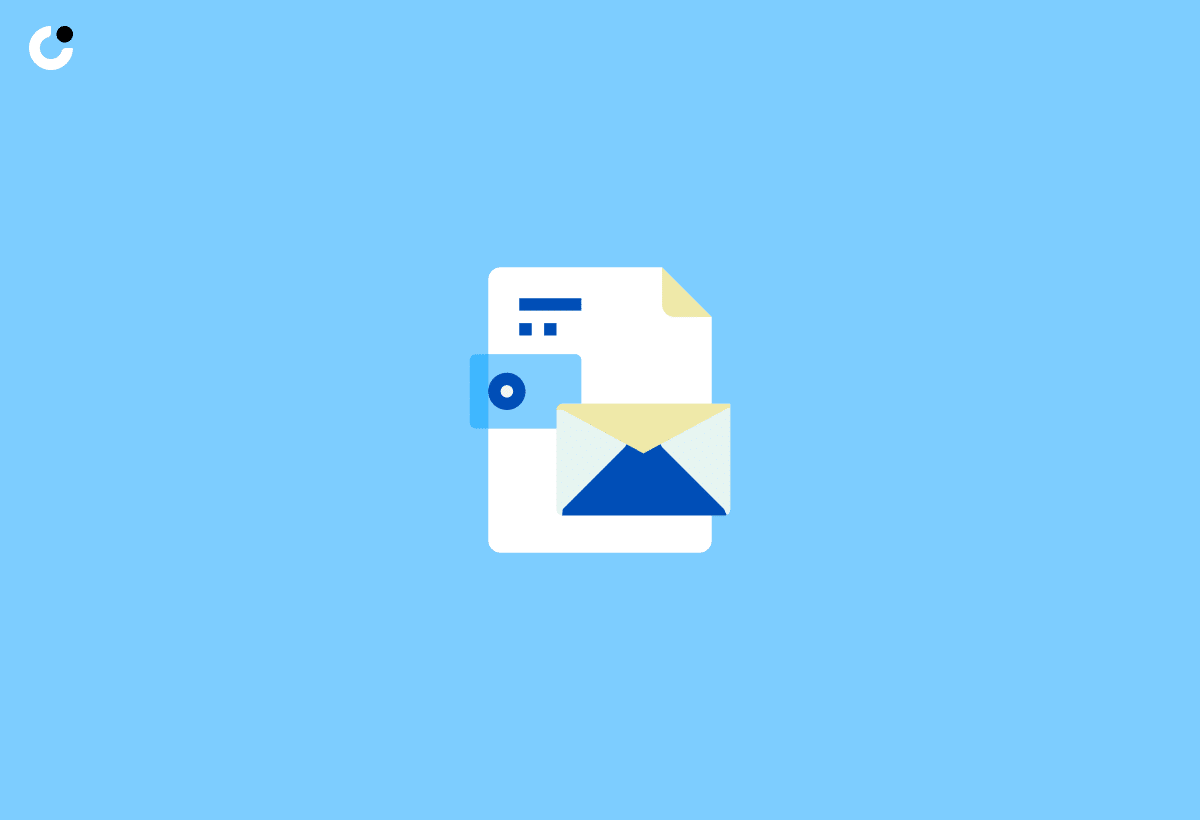
Cold email templates and examples can serve as a valuable starting point for crafting your own personalized messages. By analyzing proven templates, you can gain insights into the structure, tone, and content that have been successful in generating results. This section provides example templates for introductory, networking, and collaboration emails to kickstart your successful cold email journey.
Introduction email template
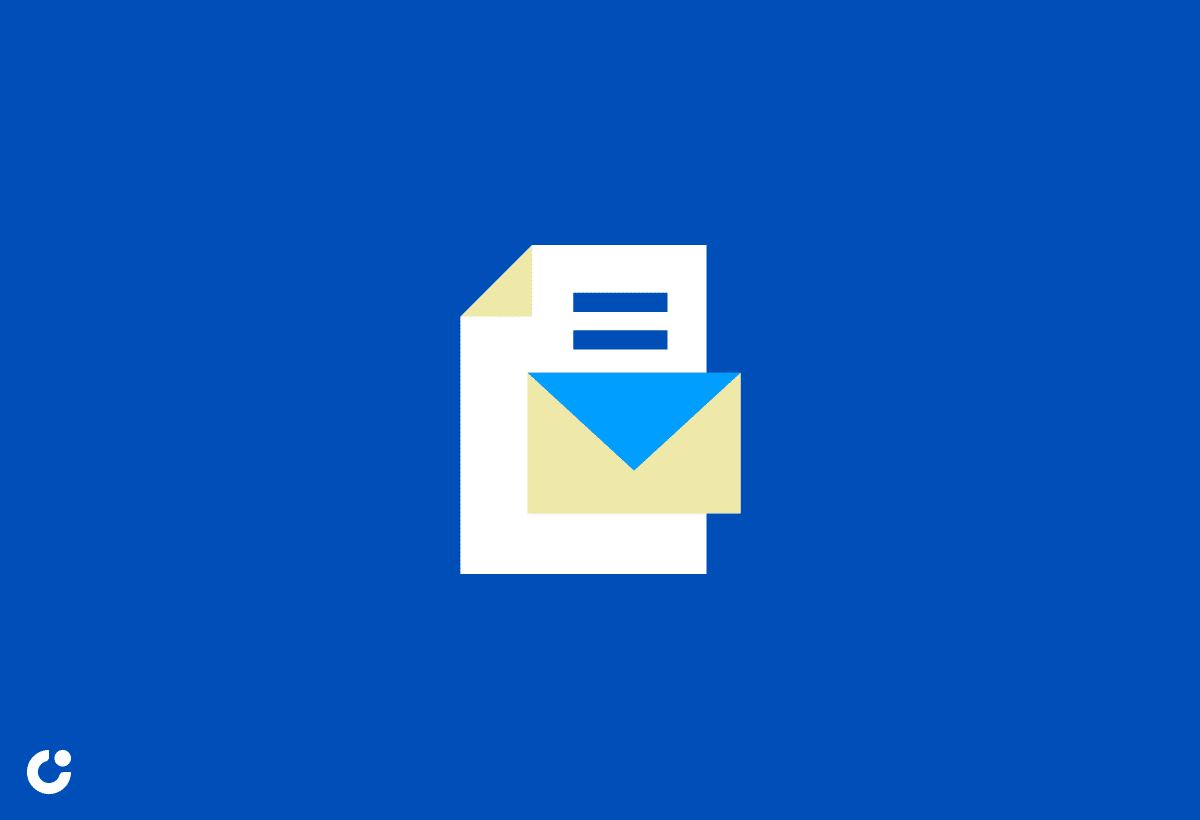
When crafting an introduction email, your goal is to introduce yourself and your offering while highlighting the value it provides to the prospect. In this template, consider starting with a captivating statement or question that grabs the recipient’s attention. Then, briefly introduce yourself and your company, focusing on the benefits your product or service can bring to the prospect. Conclude with a clear call-to-action, inviting the recipient to learn more or connect with you for further discussion.
Networking email template

In a networking email, your objective is to reach out to potential connections by referencing shared interests or experiences and suggesting a meeting or call. Start by introducing yourself and explaining how you came across the recipient’s profile or work. Then, mention a shared interest or experience that connects you both and demonstrates your genuine interest in connecting.
Finally, propose a meeting or phone calls to discuss potential collaboration or networking opportunities, and provide your contact information.
Collaboration email template
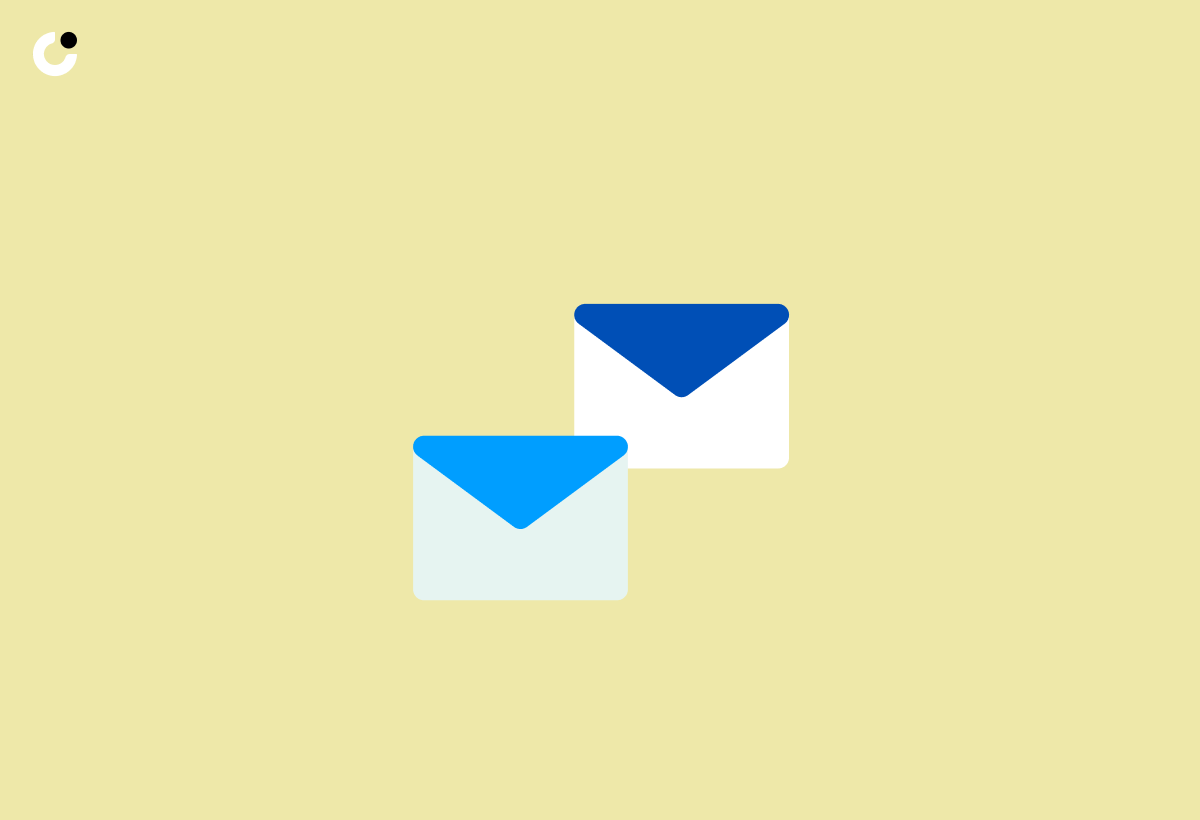
A collaboration email aims to propose a partnership or collaboration by outlining mutual benefits and requesting a discussion. Here’s how to structure your email:
- Introduction: Start by introducing yourself and your company.
- Description: Briefly describe the partnership or collaboration you have in mind.
- Benefits: Highlight the benefits of the collaboration for both parties, making sure to emphasize the value it will bring to the recipient.
- Request: End the email by requesting a discussion to further explore the collaboration opportunity.
If you’re interested in further discussion or exploring this collaboration in more detail, don’t hesitate to connect with me. You can also check out my latest blog post for more insights on this topic.
Cold Email Compliance and Best Practices
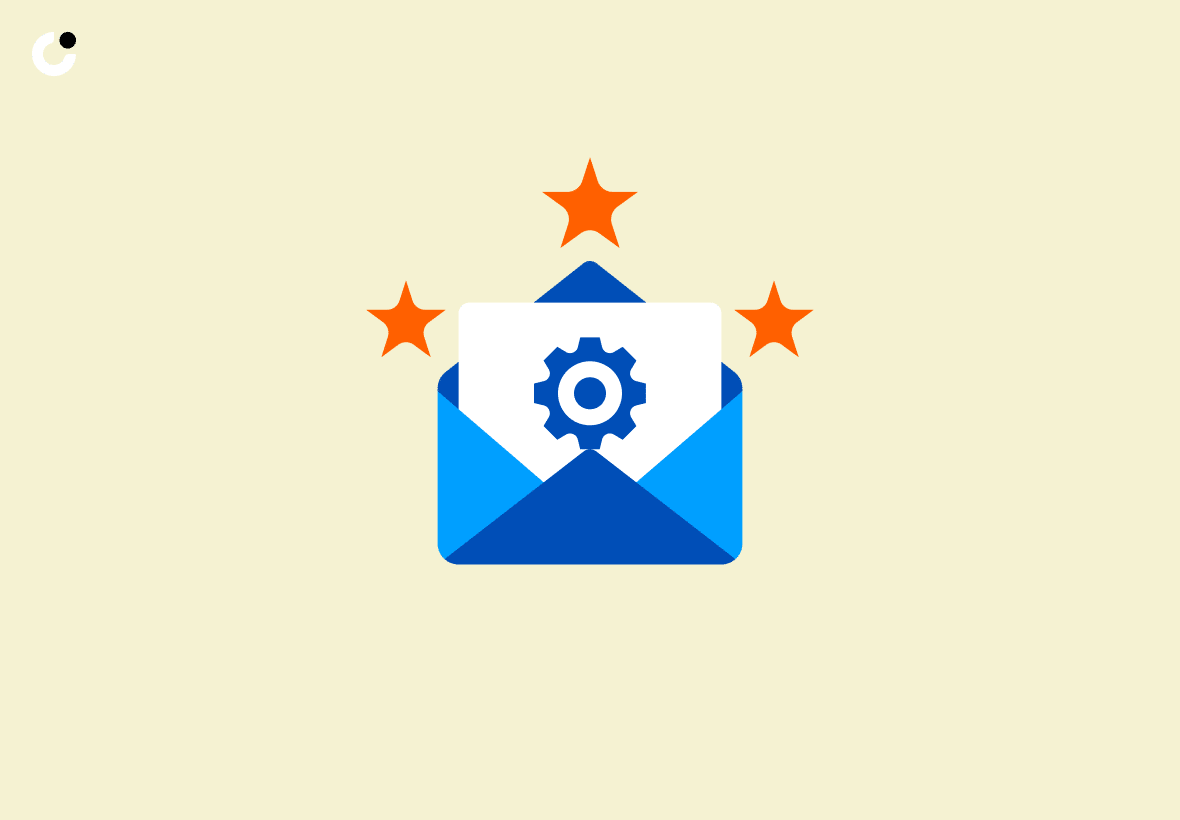
Adhering to cold email regulations, such as the CAN-SPAM Act and GDPR, and following ethical best practices are crucial for ensuring your cold email strategy is both effective and compliant. This includes using accurate and transparent subject lines, providing a clear opt-out mechanism, and maintaining an up-to-date suppression list.
Staying compliant and adhering to best practices minimizes the risk of penalties and maintains a positive reputation among your prospects and email providers.
Summary
In conclusion, cold email remains a powerful tool for lead generation and sales when executed effectively. By understanding the importance of cold email strategy, crafting compelling messages, personalizing your emails, timing and scheduling your outreach, implementing effective follow-up strategies, utilizing A/B testing and analytics, leveraging tools and platforms, and adhering to compliance and best practices, you can unlock the full potential of cold email and drive significant results for your business. Now, it’s time to put these strategies into action and elevate your cold email game!
Frequently Asked Questions
Is cold emailing effective?
Cold emailing can be an effective way to reach out to potential customers, as long as you personalize messages and target the right audience. Cold emails can be a useful tool for companies looking to connect with new prospects and create business opportunities.
What is cold email example?
I'm reaching out to you with an example of my work, [link], to see if your company could benefit from a solution I have for the industry's problem. Could you help me connect to the right person to discuss this further?
How many times should you cold email?
It is recommended to start with 10-20 cold emails per day and increase gradually over the course of a few weeks. Take into consideration the recipient's time zone and keep an eye on your email deliverability. If you're cold-emailing, three sales emails sent over the course of a couple of weeks is usually enough.
What are the stages of cold email?
Writing effective cold emails involves editing the "from" line, crafting a catchy subject line, providing value in the introduction, ending with a call-to-action, including a signature, and sending follow-up emails.
What are the key components of an effective cold email?
An effective cold email should include research on the target audience, a compelling subject line, and concise, relevant content in a professional tone.

